13 Ways of Looking, with Rivka Galchen
This book tells the story of Katharina Kepler, the mother of the astronomer Johannes Kepler, who at the end of her life was put on trial as a witch. This was a book that took me over completely, in a very emotional way.

Tonally I think this had to do in part with the close connection of magic and reason in Kepler’s world. Also of the way orderliness and superstition were nestled together, and could share a space. I saw this not only as negative, as in the rigorous legal detail of witch prosecutions, but also as, at moments, something bright and transcendent. These images by the artists Hilma Af Klint and Agnes Martin related something of that spirit to me, and so were magic pebbles of a sort for me.
At the same time, I wanted this novel to have something of that comic tone that is often connected to calamities, even to tragedies. To me, there is something truthful in that—in the way, for example, that Catch-22 is in some ways more truthful than many a documentary about WWII. I imagined Katharina Kepler as very intelligent, also eccentric and not fully in accordance with or even fluent in the norms of her community. She was a widow, earning her own living as she raised her children. So there was the comedy that is hers, but also the awful ‘comedy’ of the ugly absurdity of some of the evil and ego that she had to face. These images of Charlie Chaplin in The Great Dictator and of Buster Keaton in Cops were touchpoints for me in this tone. Maybe in part because I was teaching these films in a course on Comedy and Calamity. But also because these films, classics of course, are also somehow eternal.
Another element of this book that was emotionally central for me was writing about a time when the deaths of infants and children were so common. This was part of Katharina’s life, and also part of the lives of her neighbors. The fears around infant mortality connected, I think, to seeing women as witches as well as seeing them as saints. These playful but also straightforwardly terrifying illustrations from Maurice Sendak’s Outside, Over There were important to me in finding a way to think about how in Katharina’s life, the ‘vanishings’ of babies to illnesses was a foundational experience for most everyone, even for children who were losing siblings. This haunts this novel from the first page, and is central to how one neighbor who is initially sympathetic to Katharina turns on her.
Because the fundamentals of the book are so dark, I knew that there had to be also a glow in the book of love. I know that sounds sappy. But darkness doesn’t seem to me to even mean much without there being something it threatens to obscure or extinguish. Somehow for this widow I found that an honest way to get this steady love across would be through this cow of hers. This came from a small detail about how as a child she would make certain to bring in branches to keep the cows warm. I love this portrait of a cow by the 17th century Dutch painter, Paulus Potter, where the cow is treated as worthy subject matter for such a grand portrait—the canvas is huge—and where the gaze of the cow is so intelligent.
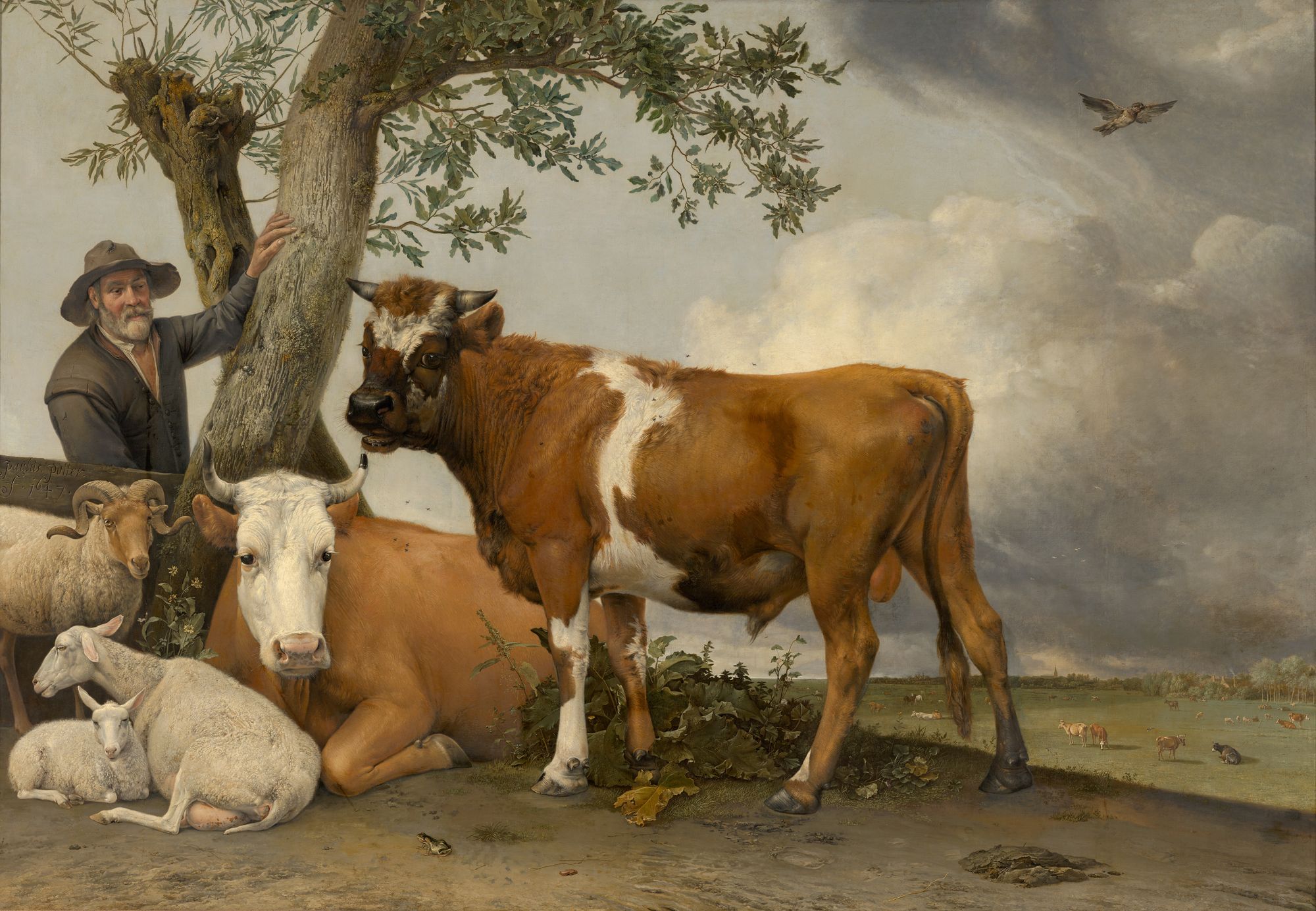
And, naturally, for this book, I thought of the older women in my own life.
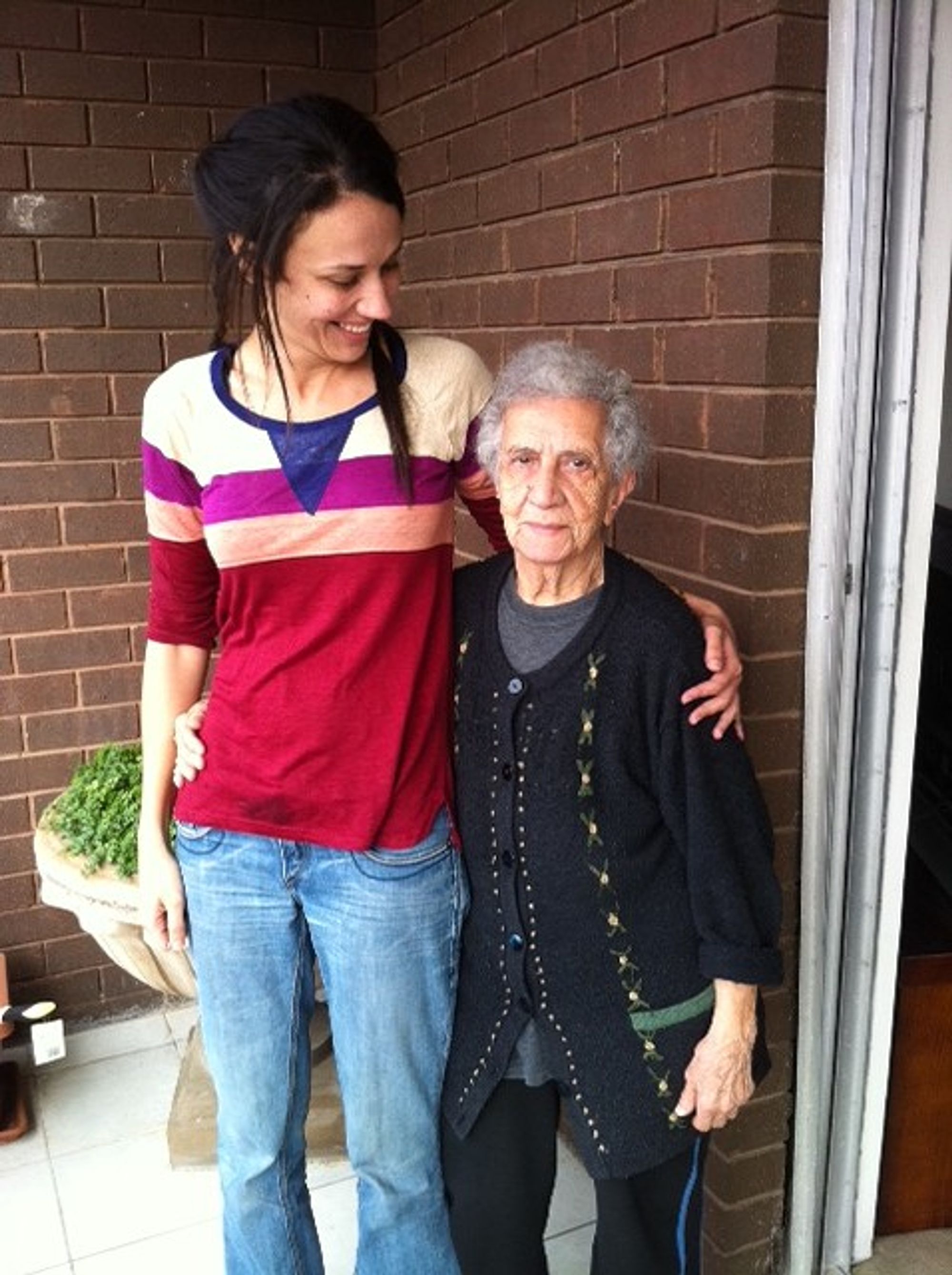
And of the love for the children in my life. These are figurines my daughter was tending to with cotton balls in the middle of the pandemic. Are the cotton balls coats? Bandages? Are they a luxury, a costume? She consistently tosses off lightly a mood I would work so hard to create.
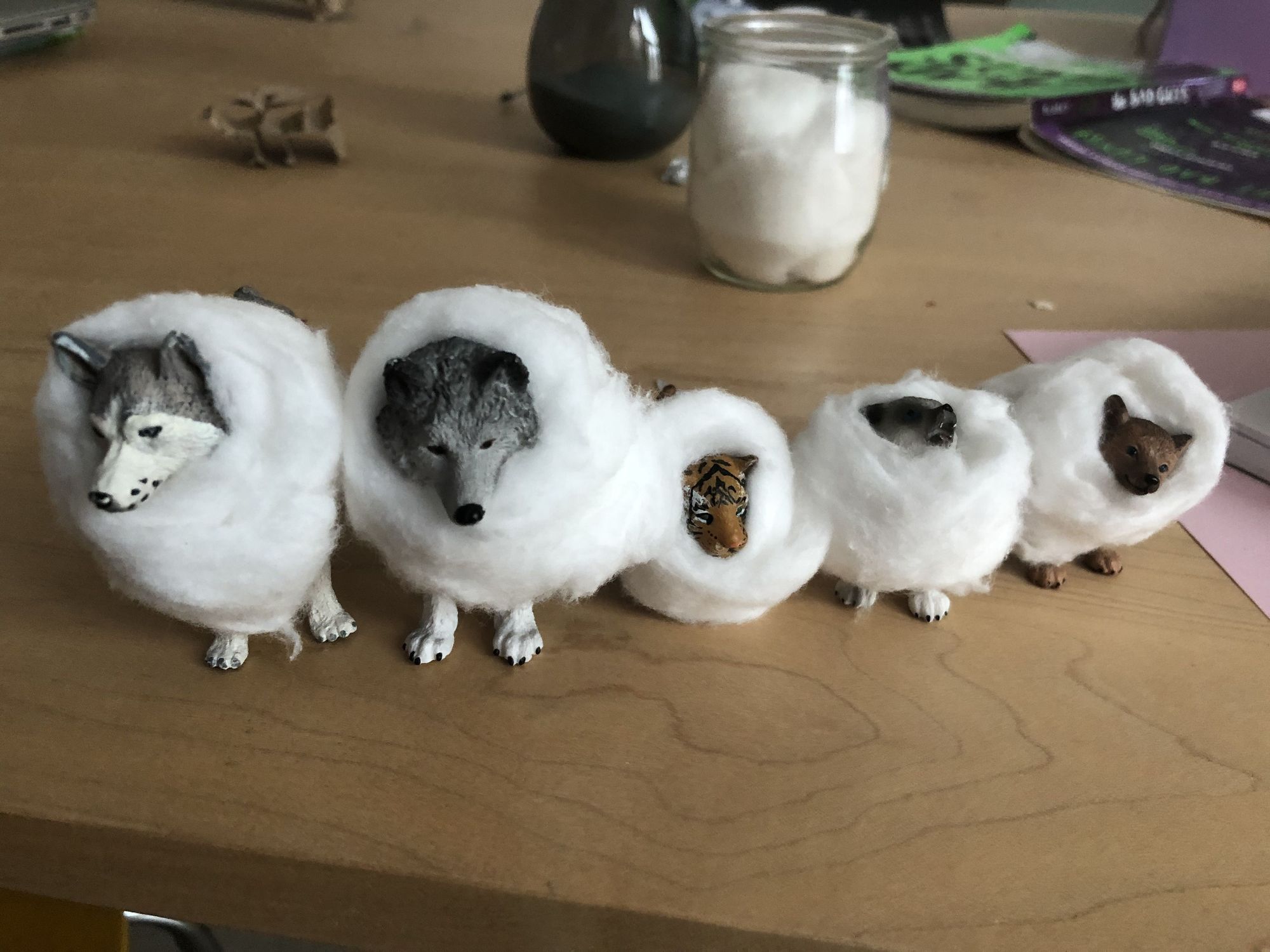
Of course I would be remiss if I didn’t include at least one of the many drawings by Johannes Kepler that helped me travel in time. One way to think about his work was that he was looking for the order amidst the chaos.
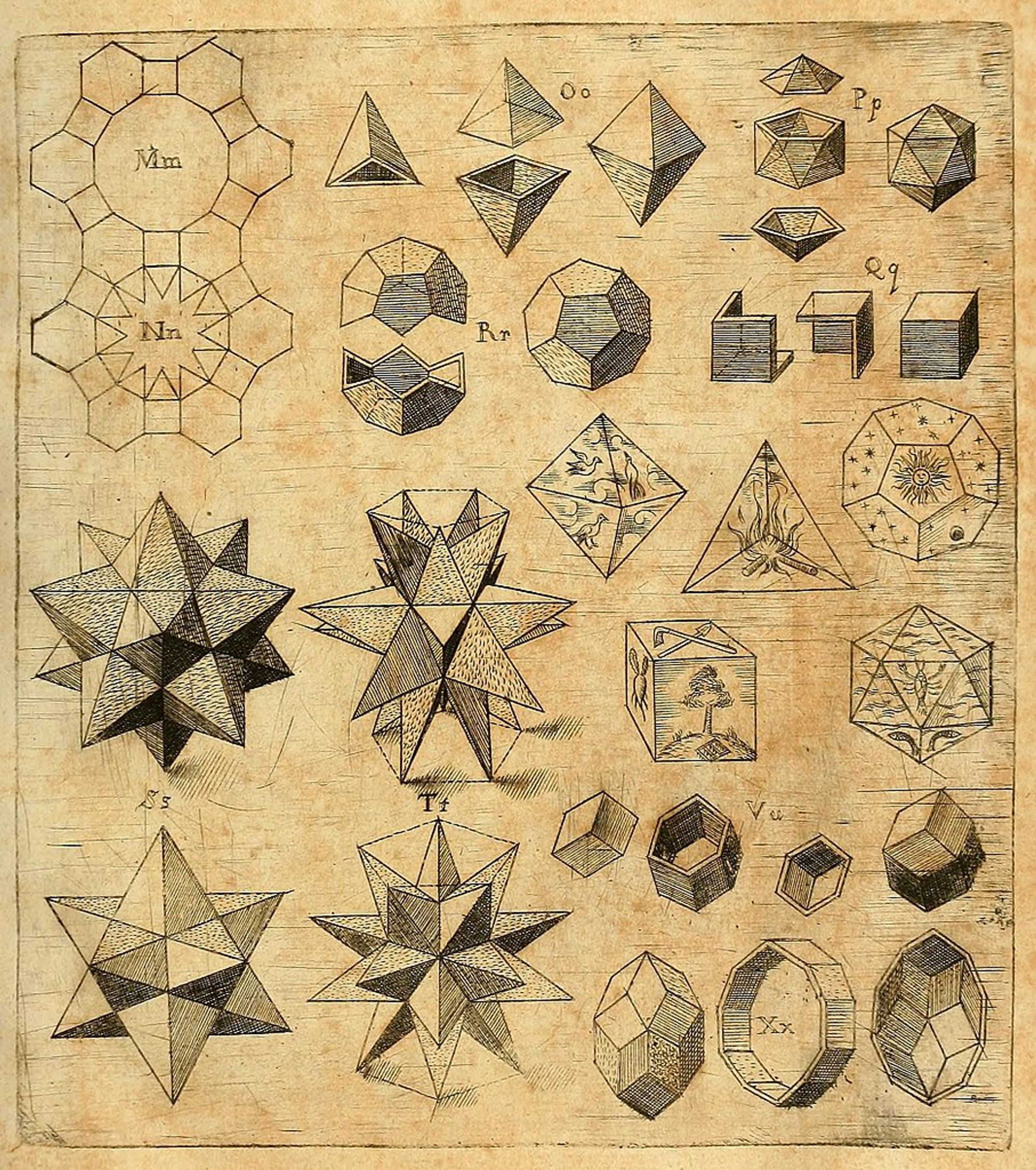
There is something so human in that drive, and I think we connect to that even when we’re not mathematical geniuses like Kepler. Here is a drawing my daughter did, adding faces to what at first was a doodle of random lines.
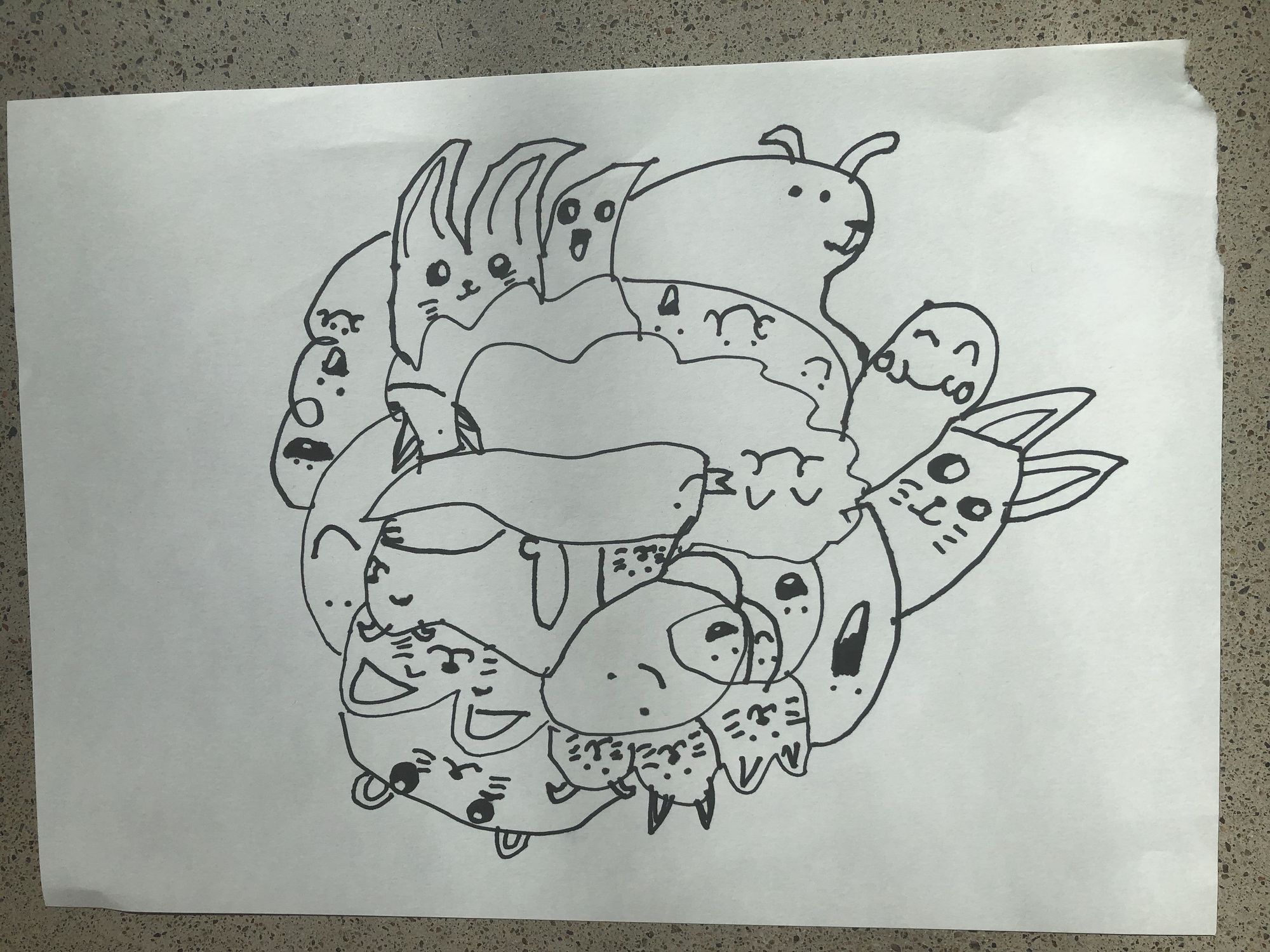
Subscribe to Broadcast